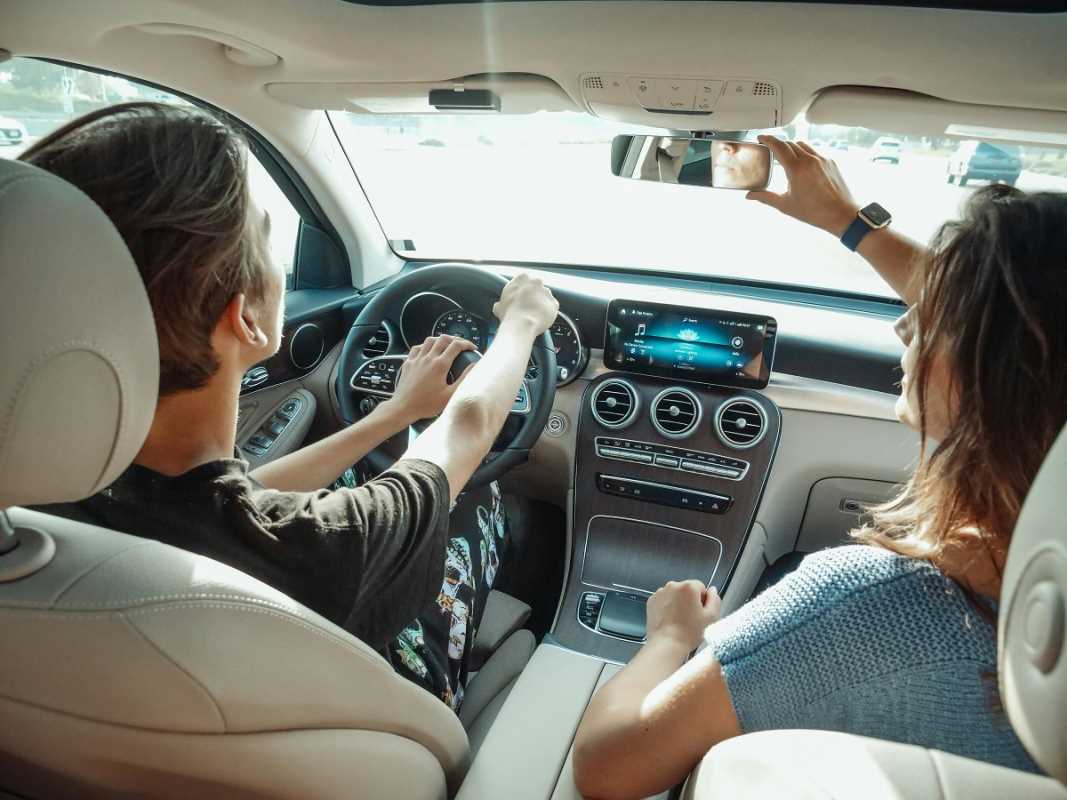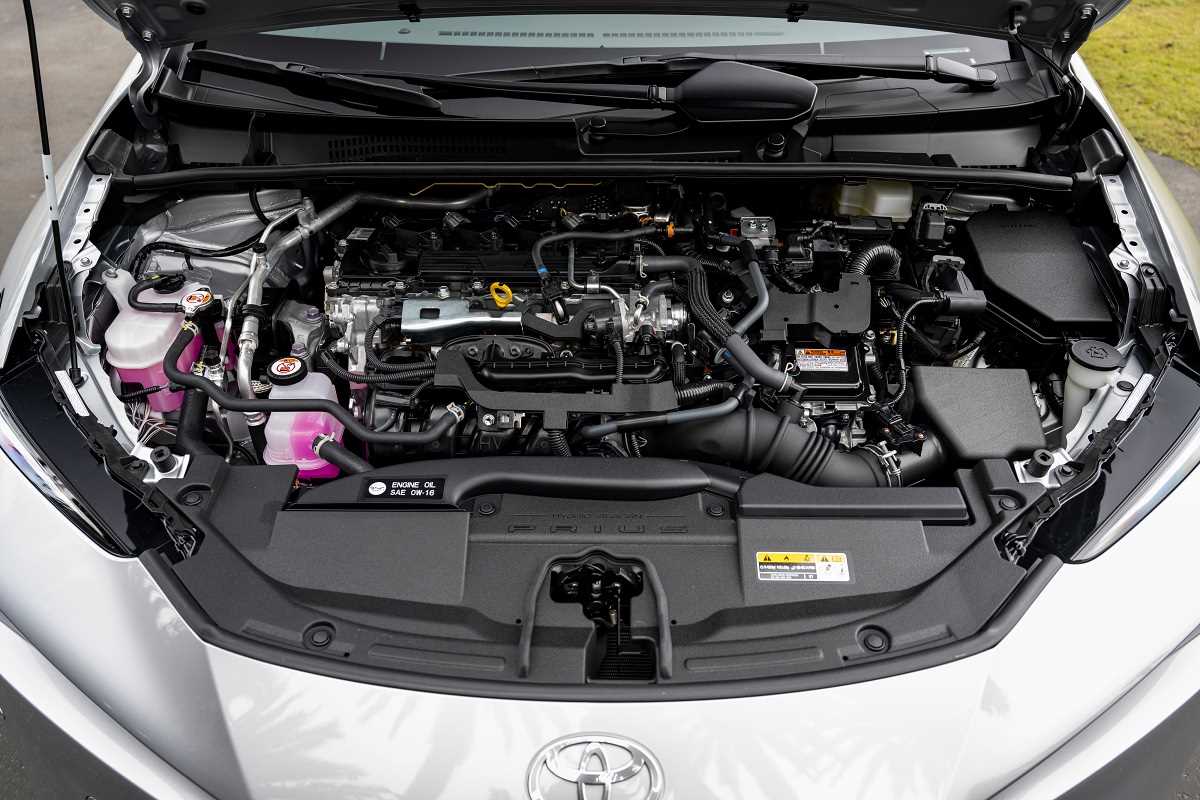The history of the automobile is often told through the achievements of men, but many groundbreaking contributions were made by women who blazed trails in an industry dominated by stereotypes and resistance. From inventors and pioneers to drivers and innovators, women have challenged norms, left an indelible mark on automobile history, and changed the way we live, travel, and drive. Their stories are not just about cars but about courage, creativity, and determination.
At the dawn of the automotive era in the late 19th and early 20th centuries, women were expected to stay within the domestic sphere, leaving technology, engineering, and driving to men. Despite these societal limitations, a few daring women not only entered but excelled in the world of automobiles.
Bertha Benz - The First Long-Distance Driver
One of the earliest and most significant milestones in automotive history was achieved by Bertha Benz, the wife of Karl Benz, the inventor of the first automobile (the Benz Patent-Motorwagen). While Karl focused on building and refining the car, Bertha had an extraordinary vision for its use.
In 1888, Bertha Benz undertook a 66-mile trip from Mannheim to Pforzheim in her husband’s automobile without telling him. At the time, cars were experimental machines, and such a trip was unthinkable. She made history as the first person—not just woman—to drive a car over a long distance. Along the way, she demonstrated the car’s reliability, fixed mechanical problems on her own, and even invented practical solutions—such as using her hat pin to clean fuel lines and asking for help at a pharmacy to mix a gasoline-like substance.
Bertha’s daring journey proved to the world that automobiles were a legitimate means of transportation. Her courage and determination not only boosted public confidence but also launched the practical use of cars. Today, the route she drove is known as the Bertha Benz Memorial Route, a tribute to her groundbreaking achievement.
Mary Anderson - Inventor of the Windshield Wiper
While Bertha Benz proved the potential of cars, Mary Anderson made them safer and more convenient to use. Born in 1866 in Alabama, Anderson is credited with inventing one of the most essential features of the modern automobile—the windshield wiper.
While visiting New York City in 1903, Anderson noticed that drivers often had to open their car windows in freezing weather just to remove snow or sleet from their windshields. Inspired, she designed a hand-operated lever to control a rubber blade that would clean the windshield. Anderson was awarded a patent for her invention the same year, but car manufacturers were skeptical and refused to adopt her idea during her lifetime.
Though it took decades before windshield wipers became standard in automobiles, Anderson’s innovation revolutionized driving safety forever. Today, she is recognized as one of the early inventors who made vehicles more practical, particularly in adverse weather conditions. Her story serves as a reminder that many women’s contributions to technology initially went unappreciated, only to gain recognition later.
Trailblazers in Driving and Innovation
Women not only redefined the mechanics of the automobile but also broke barriers behind the wheel and contributed to the vehicle features we rely on today.
Alice Ramsey - The First Woman to Drive Across the U.S.
At a time when very few women drove, Alice Ramsey achieved a remarkable feat that symbolized women’s growing independence. In 1909, at just 22 years old, Ramsey became the first woman to drive an automobile across the United States. Sponsored by the Maxwell-Briscoe Company to promote its cars, she completed the 3,800-mile journey from New York to San Francisco in 59 days.
Ramsey’s expedition was filled with challenges. Roads were often unpaved and poorly marked, and mechanical breakdowns were frequent. Nevertheless, Ramsey navigated terrain that included mud pits, deserts, and rocky mountain paths, proving that women were just as capable as men when it came to endurance, skill, and resourcefulness.
Her cross-country drive was a milestone, inspiring future generations of women to take the wheel—figuratively and literally. Ramsey later became one of the first women inducted into the Automotive Hall of Fame, a testament to her pioneering spirit.
Florence Lawrence - Actress and Automotive Innovator
Known as “The First Movie Star,” Florence Lawrence also made contributions far outside Hollywood. A devoted automobile enthusiast, Lawrence invented two of the most vital safety features found in today’s cars—the turn signal and the brake signal.
Around 1914, Lawrence designed a device that used flags to signal a driver’s intention to turn left or right. She also developed a brake signal that alerted drivers behind her when she intended to slow down or stop. While she didn’t patent these inventions, they laid the groundwork for modern turn signals and brake lights, saving untold numbers of lives over the years.
Lawrence’s passion for driving and innovation highlighted the diverse talents of women in the early automotive era. She demonstrated that creativity could influence industries far beyond her original field.
Overcoming Challenges
These remarkable women faced incredible challenges on their journeys to change the automotive world. During the early 1900s, society largely viewed technology, driving, and engineering as male domains. Women who dared enter these spaces often encountered skepticism, ridicule, and outright opposition.
Bertha Benz faced public disbelief about whether a woman could even drive a car over long distances. Mary Anderson’s windshield wiper was initially dismissed, seen as unnecessary and unmarketable. Meanwhile, Alice Ramsey had to battle the assumption that women weren’t capable of operating heavy machinery or enduring the physical demands of long travel.
Despite the resistance, these women pressed forward, confident in their abilities and unwilling to accept the limitations society imposed on them. Their determination not only pushed the boundaries of what women could accomplish but also advanced the automotive industry as a whole.
A Legacy of Innovation and Empowerment
The contributions of Bertha Benz, Mary Anderson, Alice Ramsey, Florence Lawrence, and other early pioneers laid the foundation for future advancements in automobiles. They paved the way for generations of women who have since risen to prominence in fields like automotive design, manufacturing, racing, and engineering. From Danica Patrick breaking records on the racetrack to female engineers leading innovation in electric and autonomous vehicles, today’s automotive world reflects the impact of these trailblazing women.
.jpg) (Image via
(Image via

.jpg)



